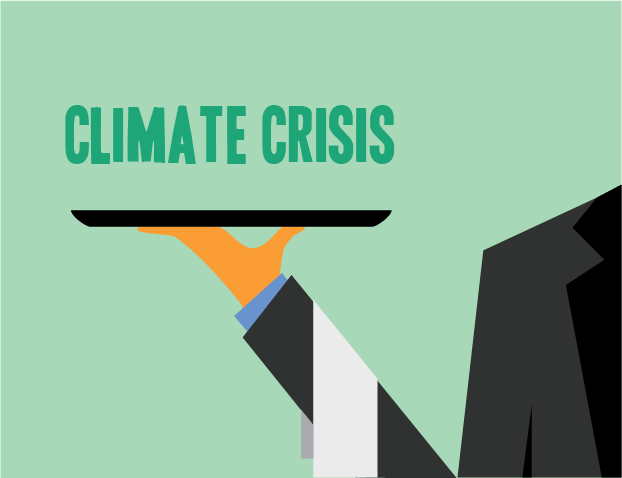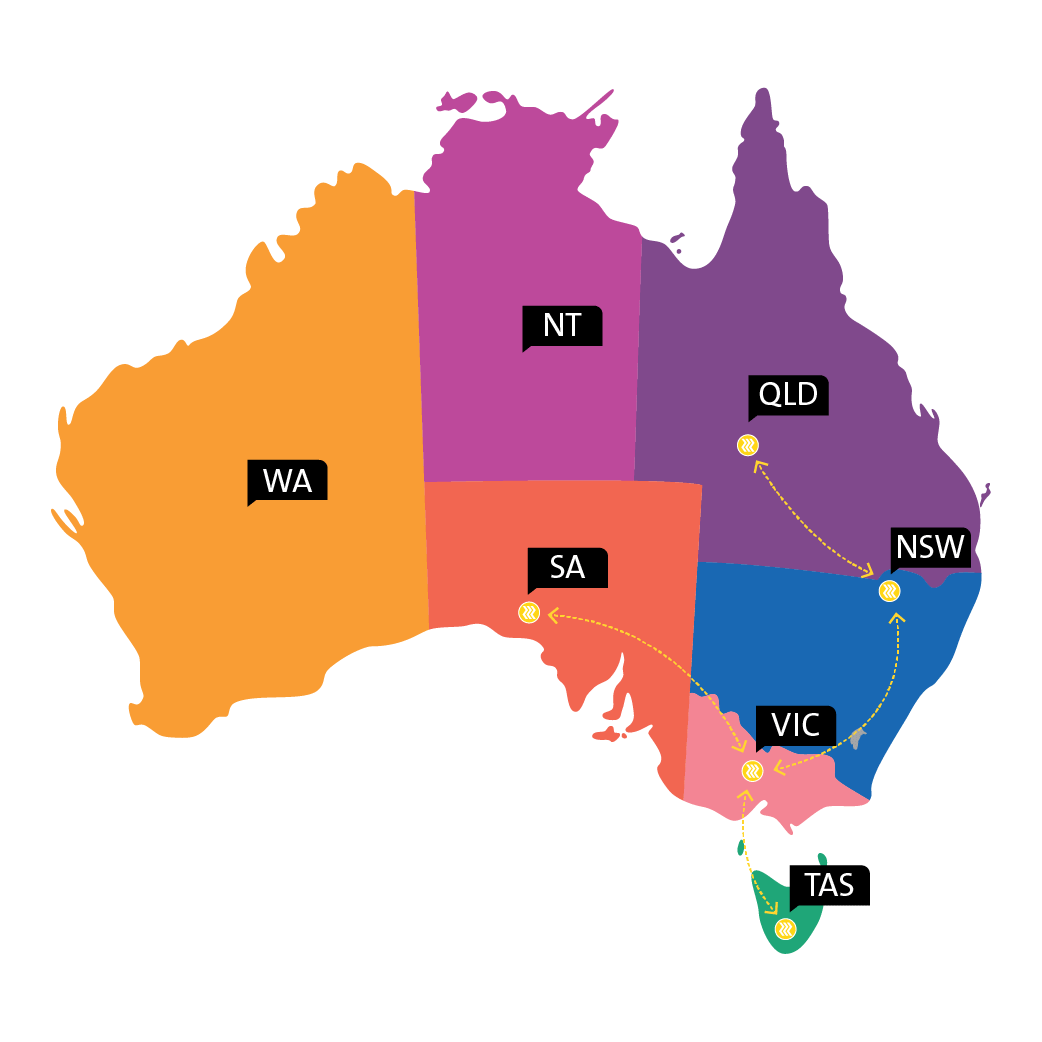Ever been surrounded by group of people discussing current affairs, or the latest trends...and you have nothing to say! You scroll through the corners of your brain looking for something intelligible to say, a jaw-dropping statistic, anything that makes you feel part of the conversation, but all you can come up with is something about Prince Harry and Meghan, or donuts. We hear you and that’s why we’re releasing a series of short guides to give you ammunition to dominate (or at least keep-up with) the dinner party conversation...drop the mic and reach for the dip...

Why is everyone worked up about Energy Policy?
3 min read
No one likes a blackout...right?
In September 2017, close to the entire State of South Australia was left without power - 200,000 homes and businesses to be exact, with history repeating itself when SA was plunged into darkness caused by a similar event in 1992. The core reason was a fault with the Victorian transmission network, whereby a key interconnecter was cut and South Australia was left to fend for itself1.

Without the connection to Victoria - for supply of “cheap” brown-coal generated energy - the State is reliant on its backup resources i.e. gas, the most expensive energy source and renewables, namely solar and wind power.
In September 2017, the instability of the SA power network became a catalyst for much scrutiny into Federal and State approaches to the infrastructure, network, energy supply and security and how they guarantee affordable and predictable supply to homes and businesses in Australia.
Reporting the Facts
In 2016, COAG Ministers agreed that they needed a little help in better addressing the national electricity market - enter stage left an expert, a panel and an official report.
Dr Alan Finkel AO, Chief Scientist was made Chair of the Expert Panel charged with delivering the Blueprint for the Future Security of the National Electricity Market. At its core, the Blueprint or plan needed to deliver solutions and key outcomes across:
- Energy Security
- Energy Reliability
- Consumer Reward
- Emissions Reduction
In his keynote address at the National Press Club in June 2017, Professor Finkel stated that Australia’s National Electricity Market2 was not broken, but that carbon abatement commitment, long-term policy and technology disruption were key.
"We must improve on what we have, to prepare for the growing wave of disruptive changes sweeping electricity markets here and around the world.
When we met our counterparts overseas, the thing that made the biggest impact on me was the long-term policy certainty in other countries, which enables them to efficiently plan for the energy transition." Dr Alan Finkel
Target Practice
Key to the Finkel Report was a recommendation for a clean energy target, whereby, it founded that electricity in Australia should be sourced from fuels that produced no greater than 700 kilograms of carbon per megawatt - driving greater focus on a balanced system which targeted carbon abatement via renewables such as solar, wind and thermal energy but also allowed for inclusion of “clean coal” and gas.
So much NEG-ativity
With Australia’s energy network governed under both State and Federal jurisdiction, and the absence of an agreed Federal Energy policy, in October 2018, things started to really “heat-up (inexcusable use of an energy-related pun). The then Minister for Energy, Josh Frydenberg - now Deputy Prime Minister, under then Prime Minister - Malcolm Turnbull (confused much?) proposed the National Energy Guarantee (NEG) as the framework Federal Policy.
At its core it planned to ensure reliable supply and reduce emissions from 2020-2030. In order to get off the ground, the NEG required agreement from all stakeholders in the National Energy Market, meaning all States and Territories, and fundamentally Federal bipartisan agreement.
Whilst the framework had some support, it was criticised for not going far enough in an effort to reduce emissions, failing to adopt the recommendations made by professor Finkel for a clean energy target, and not providing the certainty required around energy security and reduced energy costs. In short, it was dumped... and so was Turnbull.
So where are we now?
With a Federal Election on the horizon, both Federal Labor and Liberal Parties continue to create an energy battle-ground, with Labor pledging a $5Bn fund to future proof Australia’s energy network, favouring transition towards renewables, lower power prices and greater energy reliability and efficiency. The Liberal policy prioritising affordability through customer price safety net’s, penalties for energy company “rip-offs” and technology neutrality to support reliable energy generation. Only a few days ago, ScoMo announced a new $2Bn Climate Solutions Fund, dedicated to cutting carbon emissions over the next decade.
So, are we any closer to an agreed way forward to solve Australia’s challenges around energy security, supply and affordability? Perhaps not...but it’s not stopping lots of mum's, dad’s business owners, energy companies, Councils etc from taking their own action!

1. https://www.abc.net.au/news/2016-12-05/south-australian-blackouts-a-case-of-history-repeating/8093612
2. energy.gov.au/government-priorities/energy-markets/independent-review-future-security-national-electricity-market


